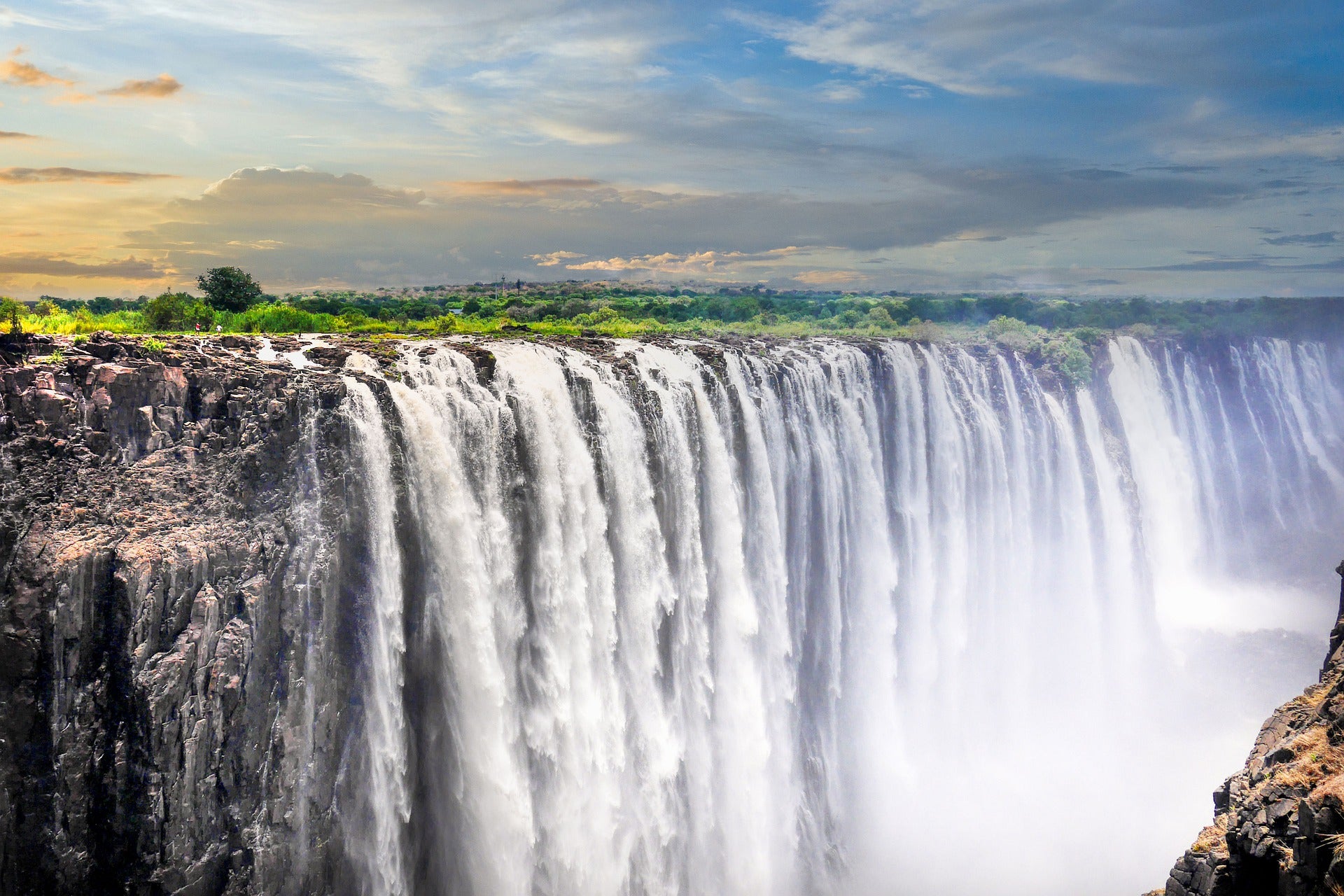Missionaries brought coffee from Tanzania and Kenya to Zambia as early as the 1950s. Important coffee-growing regions include Isoka and Kasama. Grants from the World Bank in 1980 promote coffee production in the country on large plantations under modern production conditions. Zambia is the land of waterfalls. However, the water supply is extremely poor and important inputs, such as fertilizer, are difficult to obtain.
A speciality that one encounters more frequently in Zambia are the so-called pearl beans (Peaberrys). Also called caracolillo, they develop as a single, round coffee bean inside the coffee cherry. Conventional beans, on the other hand, always appear in pairs and develop accordingly in a semicircular shape. It differs visually and in taste from ordinary coffee beans and is characterized by special aroma structures.
Coffee from Zambia impresses above all with its full, spicy aroma. Despite the intense flavor, it has, like many coffees from East Africa, a less pronounced body, a fine acidity, and notes of flower and fruit.


